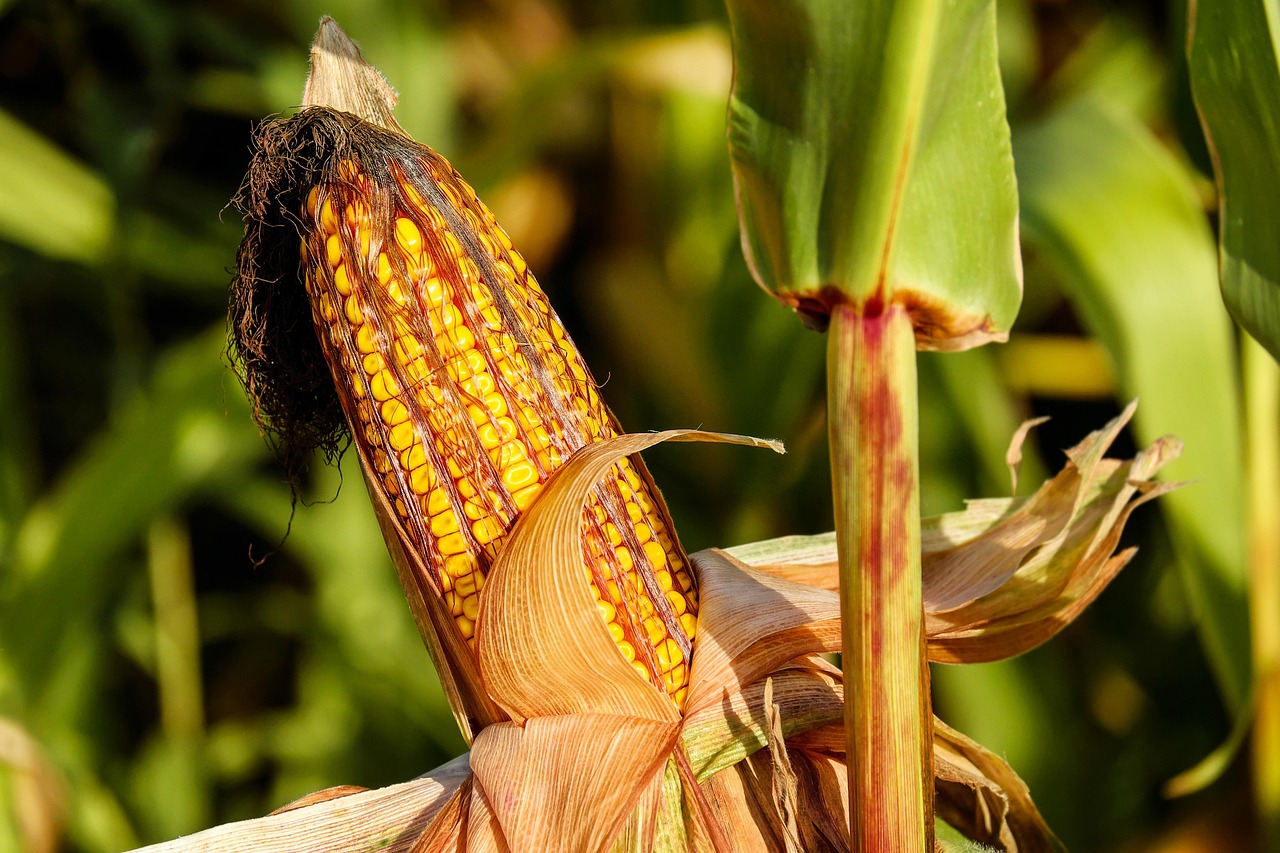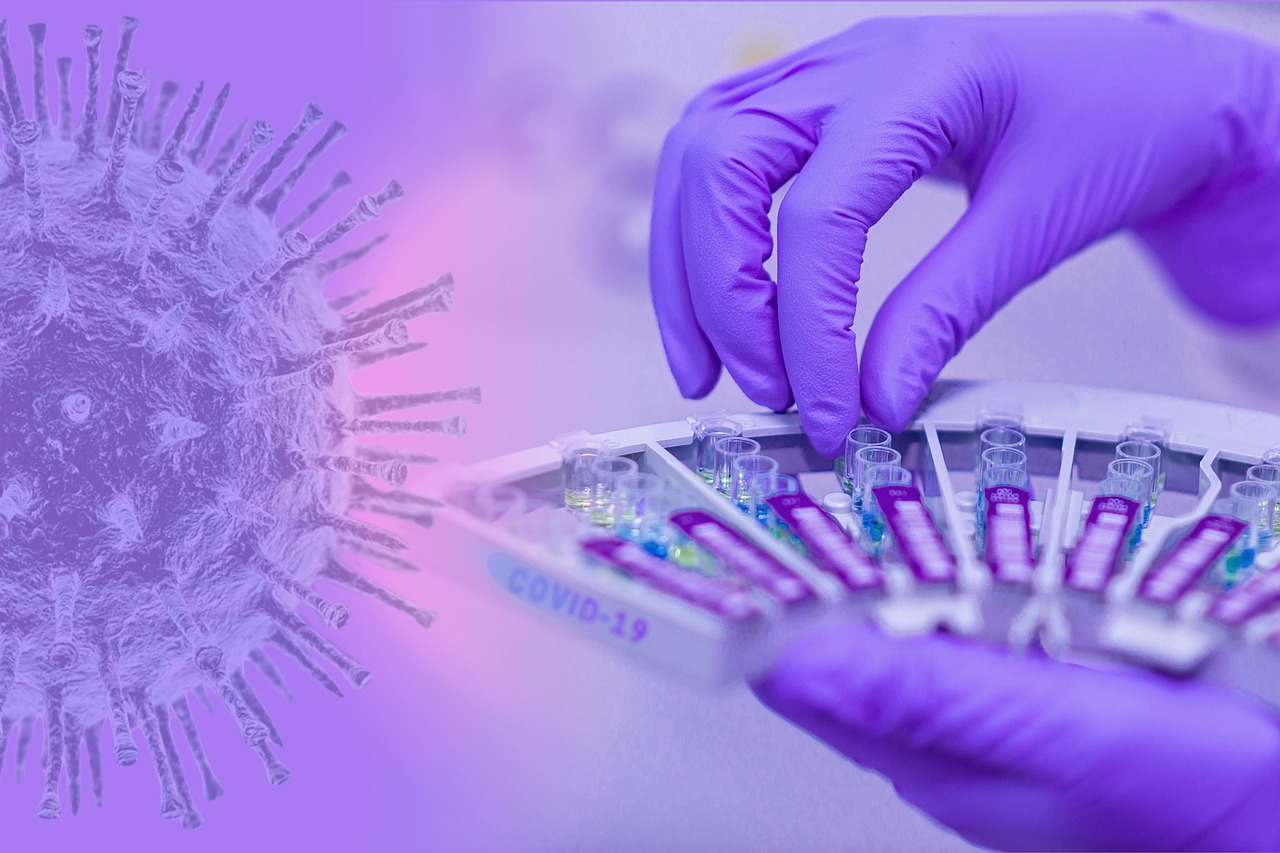Microplastics are everywhere. These are various plastic fragments ranging in size from 100 nanometers to 5 millimeters, which occur in water, soil and air. Microplastics can come from larger pieces of plastic that have broken down, cosmetic products that contain “microbeads”, or fibers from polyester clothing. Once in our oceans and waterways, they can absorb toxins, and if consumed by organisms such as fish, can travel througn the food chain.

We use tons of plastic, it’s in everything from packaging to toys, to the dashboard in your car. Massive amounts of it end up in the ocean. It certainly doesn’t biodegrade, but there are ways we can help.
Photo credit: Vberger, flickr.com/photos/noaamarinedebris, flickr.com/photos/oregonstateuniversity




